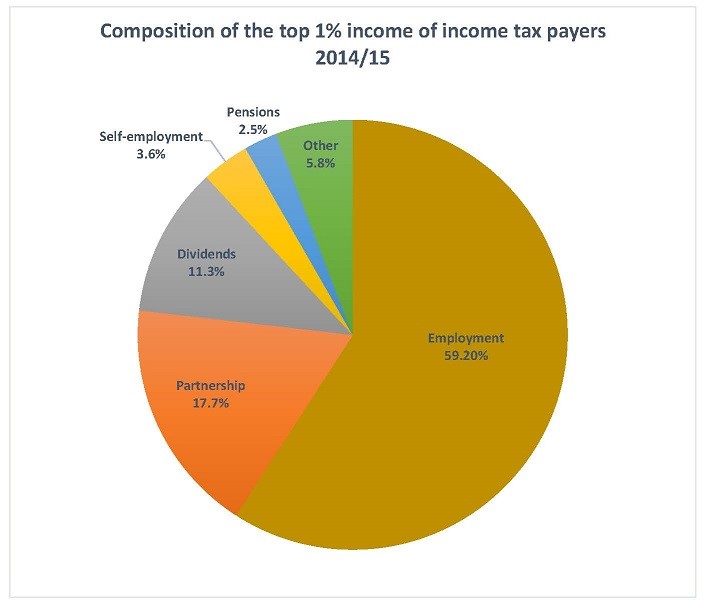 People always aspire towards achieving the elusive ‘work-life balance’, but in 2019 it’s increasingly an expectation as employees look to their workplace for more than just salary and perks. A survey by Accountancy Age, in October last year, revealed that UK workers spend almost 3,515 days at work during their lifetime. This will include on average nearly three months sick leave over their working life and, if commuting, spending 492 days travelling to work. It’s no wonder that as technology has changed how, and where, people can work, what they expect from their employers has also evolved along with an increased emphasis on more rounded well-being associated with employment.
With higher expectations on employers to be more aware of their employees’ mental health, as well as a drive towards helping people manage their finances beyond pension contributions, the relationship between employers and employees is shifting. Mental, physical and financial well-being have come to the fore alongside digital solutions that can help the workforce achieve that sought-after balance. All employees have the right to ask for flexible working, but it is up to employers to agree. Working out a transparent policy on flexible working, rather than setting up a series of ad-hoc arrangements, can make any discussion about the topic easier to manage. The benefits to the workplace in terms of productivity, attitude and employee turnover may well outweigh any difficulties.  A recent report looking at who pays the most income tax reveals some interesting findings. The Institute for Fiscal Studies (IFS) published a briefing note in early August with a detailed answer to the question of what it takes to enter the 1% club. Around 310,000 people make up this cohort, with some predictable and not so predictable traits:
|
Archives
July 2024
|
Photos from Pam loves pie, Homedust, wuestenigel, Patrick Cannon Tax Barrister, wuestenigel, Brett Jordan, wuestenigel, raisin_raisin, wuestenigel, SME Loans, Alexandre Prevot, Jirka Matousek, wuestenigel (CC BY 2.0), wuestenigel, Jirka Matousek, moneybright, aronbaker2, foundin_a_attic, QuoteInspector.com, wuestenigel, Kate#2112, Semtrio, Rawpixel Ltd, itmpa, GoSimpleTax, DPP Law, UC Davis College of Engineering, 401(K) 2013, REM Photo ~ Sketchy Internet, Chris Yarzab, focusonmore.com, focusonmore.com, willbuckner, EpicTop10.com, Tony Webster, wuestenigel, B Rosen, London Less Travelled


